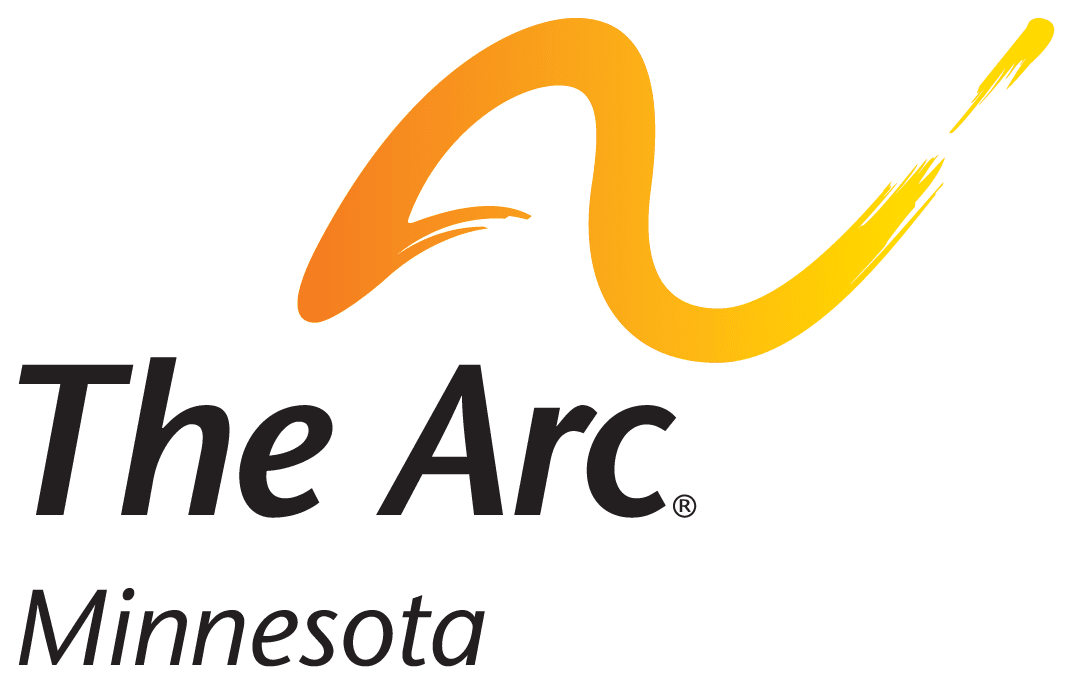Each student with a disability who receives special education services must receive educational services in the Least Restrictive Environment (LRE). This means that each student must be educated with students without disabilities to the “maximum extent appropriate.”
A child with a disability can only receive educational services outside of the regular education classroom if education cannot be achieved satisfactorily due to the child’s disability, even with additional services and supports. When making decisions about LRE, the student’s entire school day should be examined. The LRE decision must be made annually by the Individualized Education Program (IEP) team at the IEP meeting.
What does this mean?
- LRE is not a place. It is a belief about where students with disabilities should be educated.
LRE must be an individual decision based on the needs of the student. - The regular education classroom in the school that student would attend if she/he did not have a disability should be the option discussed first. There should be a discussion of why the student cannot be in that setting for all or part of the day before any discussion of a more restrictive setting.
- What is the LRE for one student may not be the LRE for another student.
- Settings must give the student chances to interact with peers without disabilities to the maximum amount appropriate to the needs of the student.
- LRE decisions should be made based on both the educational and non-academic needs of the student.
- There must be a discussion on the use of supplementary aids and services before placing a student in a more restrictive setting. Supplementary aids and services provide additional support and resources. Some examples are increased assistance, additional time to complete work, additional materials, modified assignments and special equipment.
- Supplemental aids and services can be provided in all LRE settings.
- LRE decisions cannot be made based on the:
- Type of disability label/category.
- Severity of the disability label/category.
- Availability of services.
- Availability of space in the building.
- An IEP meeting must be held when the parent or the school wants to change the LRE setting.
- The LRE setting is documented on the IEP. It is often found on the first page. On some forms, it is in a gray box that states “for agency use only”.
- The setting has a number of 01 – 08.
- The number shows how much time the student is educated outside of the regular education environment.
- The definitions are listed below.
- There is a box on the IEP called “Least Restrictive Environment (LRE) Explanation”. This is often on the last page of the IEP. This provides information on why the student is not being with peers without disabilities in the regular education classroom or other regular education activities.
- A school district is not required to provide every level of service for every disability category at every school building. If a student needs a level of service so that most services are provided outside of the regular education classroom setting, those services may not be available at the school building the student would attend if he did not have a disability.
- When a student receives most of the services outside of the regular education classroom setting, the student may need to go to a different school building than he/she would usually attend.
Definitions of Federal Instructional Settings
01 – The student receives the majority (most) of their education in regular classes. Students are outside of the regular education classroom less than 21% of the school day.
02 – The student receives education in a resource room. Students are outside of the regular education classroom 21 – 60% of the school day.
03 – The student receives education in a separate class that includes students with disabilities. Students are outside of the regular education classroom more than 60% of the day.
04 – The student receives education in a separate public day school facility more than 50% of the school day. This is a specially designed educational program only for students receiving special education.
05 – The student receives education services in a private separate day school more than 50% of the school day. This is a specially designed educational program only for students receiving special education.
06 – The student receives educational services in a public residential program more than 50% of the school day. This is a specially designed educational program only for students receiving special education.
07 – The student receives educational services in a private residential facility for more than 50% of the school day. This is a specially designed education program only for students receiving special education.
08 – The student receives education services in a homebound/hospital/homebased setting.
Resources
Federal Regulations 300.114 – 300.120
Arc Guide to Individualized Education Program (IEP)
For further information or advocacy services, contact The Arc Minnesota at 952-920-0855 or toll-free at 833.450.1494 or visit www.arcminnesota.org. (Please note: This document is not legal advice, and should not be construed as such. Thus, no information herein should replace the sound advice of an attorney.)
All rights reserved (c) 2019 The Arc Minnesota
